The F 850 GS, F 850 GS Adventure and F 750 GS have all been culled from BMW’s lineup and replaced with enlarged models under the F 900 GS, F 900 GS Adventure and F 800 GS names for 2024.
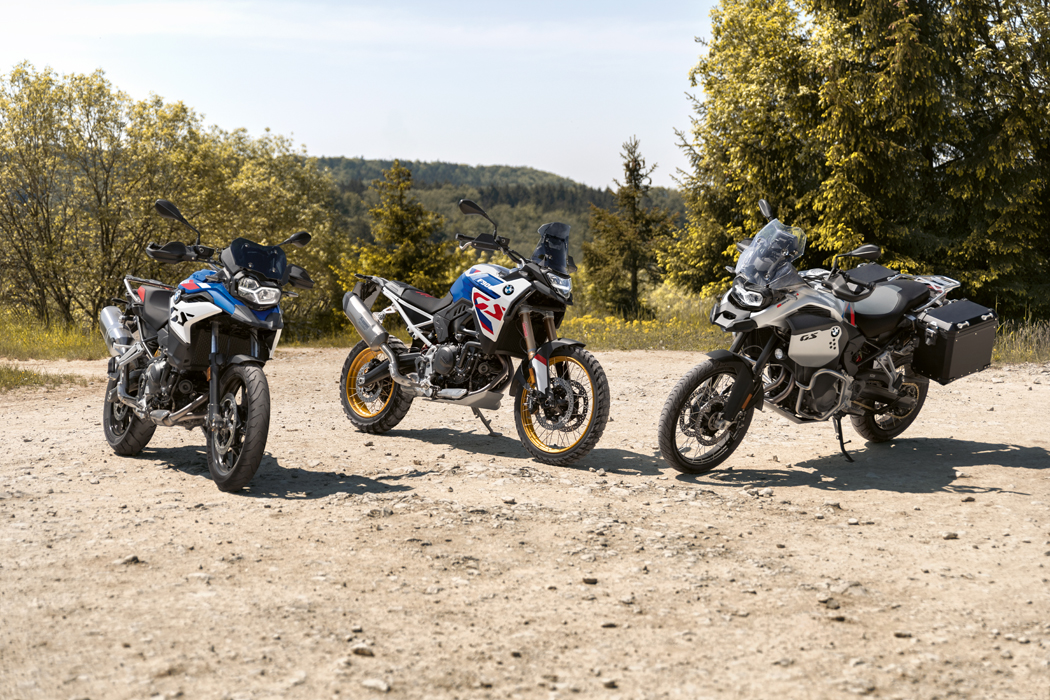
Of the three new models, the F 900 GS has by far the most changes, sporting a completely new look and packed with technical changes that make it 14kg lighter than its predecessor and more capable off-road thanks to suspension that now matches that of the Adventure version.

The new names reflect, at least in the case of the F 900 GS models, the headline update across the range, which is the adoption of the 895cc parallel twin that was previously reserved for the F 900 R and F 900 XR. This replaces the previous 853cc twin, and even the F 800 GS – despite its ‘800’ name – gets the 895cc motor.
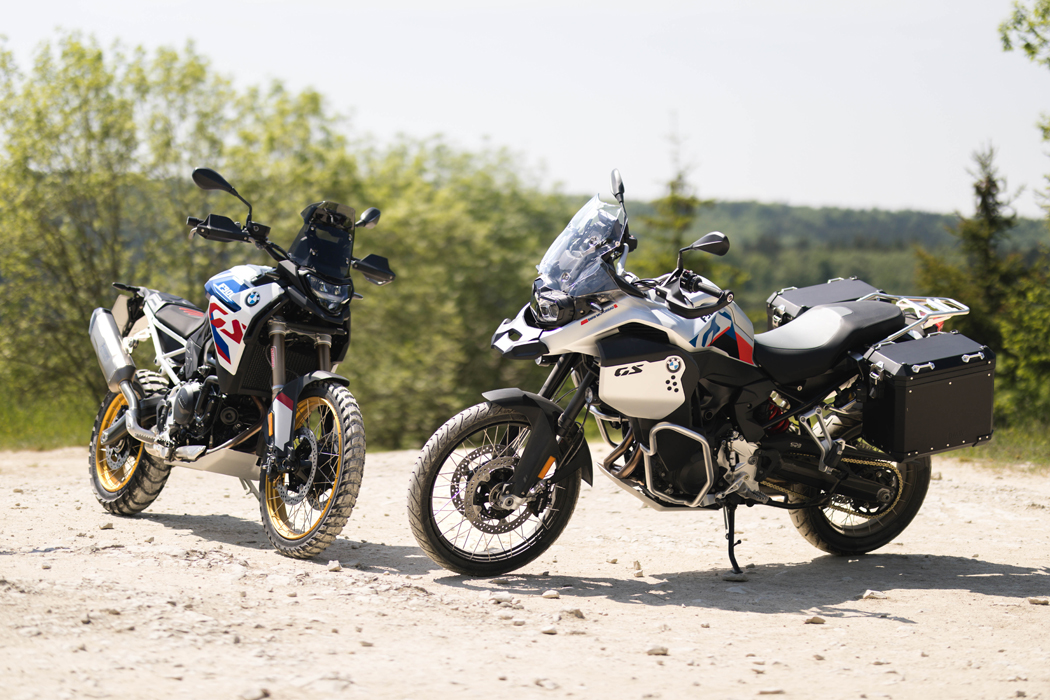
The result is that each of the new GS models gets a 7kW (9.3hp) power hike. On the F 900 GS and F 900 GS Adventure, that means a new peak of 77kW (103hp) at 8500rpm, while torque rises by a single Nm to 93Nm, peaking at 6750rpm. The change means the bikes now have more power than the Honda Africa Twin (75kW) and match the KTM 890 Adventure.
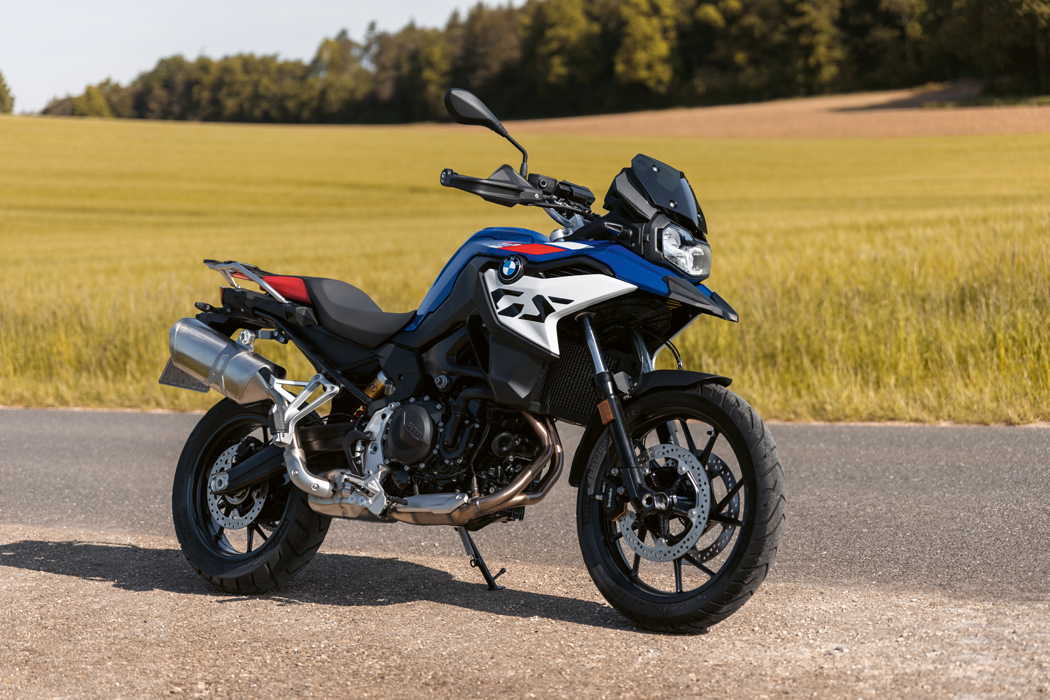
The F 800 GS, despite having the same mechanical changes to its engine, now peaks at 64kW (86hp), which arrives at 6750rpm, the same as its 91Nm torque peak. The power curve is completely flat from there until the redline, north of 9000rpm, showing that the power is being artificially limited, probably by the ride-by-wire throttle system. Its power and torque curves up to 6750rpm are nearly identical to the F 900 GS’s, suggesting it will feel just as sprightly in the lower reaches of the rev range.
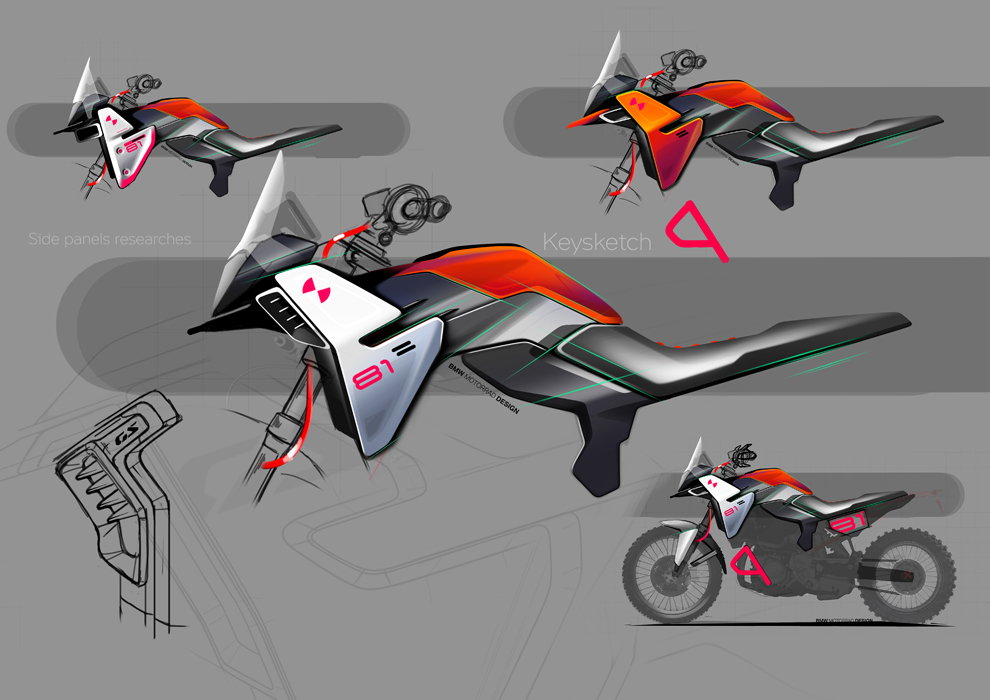
All bikes have two riding modes – Road and Rain – as standard, with the option of adding three more with the Riding Modes Pro package, which also adds engine brake control. Dynamic Traction Control is standard, as is BMW’s ABS Pro.

The F 900 GS is the only model with substantial styling changes, gaining a new 14.5-litre plastic fuel tank instead of the previous 15-litre metal one, a new, lighter seat subframe and tail bodywork, and new front and side panels including a redesigned LED headlight. It also gets a longer-travel Showa fork, a 43mm upside-downer that’s adjustable for compression, rebound and preload, and a new, lighter aluminium swingarm. The suspension travel – 230mm at the front, 215mm at the rear – now matches that of the F 900 GS Adventure, and the bikes share the same 21-inch front, 17-inch rear wire wheels. It weighs 219kg including fuel.
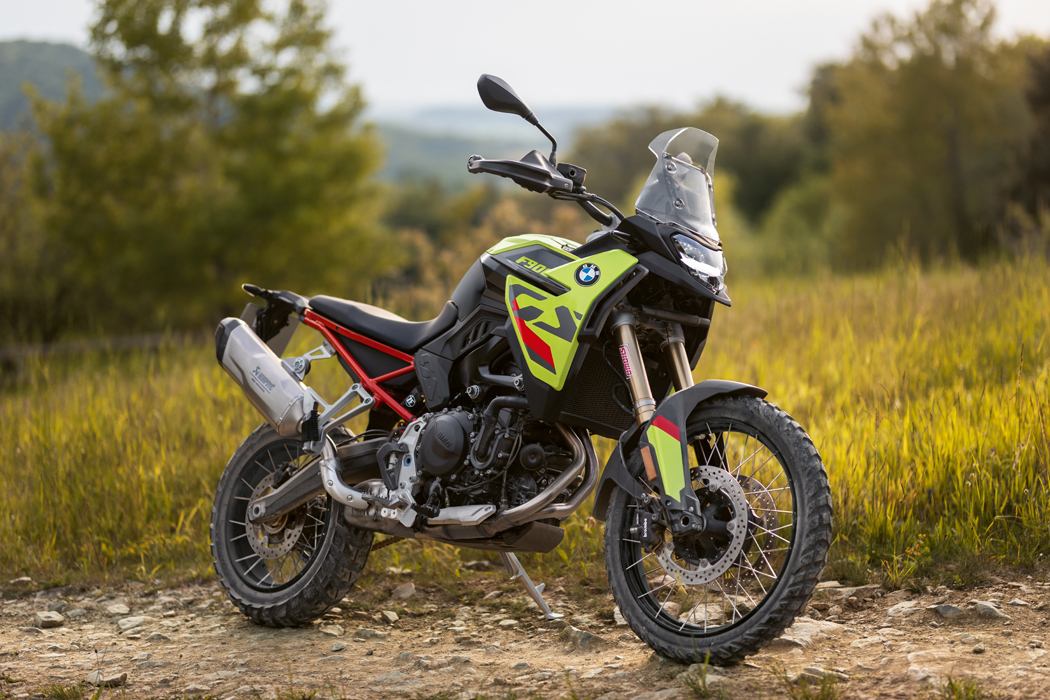
An optional ‘Enduro Pro’ package swaps the fork for a 45mm Showa with titanium-nitride coating, as well as adding a fully-adjustable rear shock, but can only be had on the F 900 GS. The F 900 GS Adventure and F 800 GS can instead be ordered with BMW’s electronically-adjustable suspension. The F 900 GS weighs in at 246kg.

All the bikes get the same 6.5-inch colour TFT dash which includes phone connectivity.
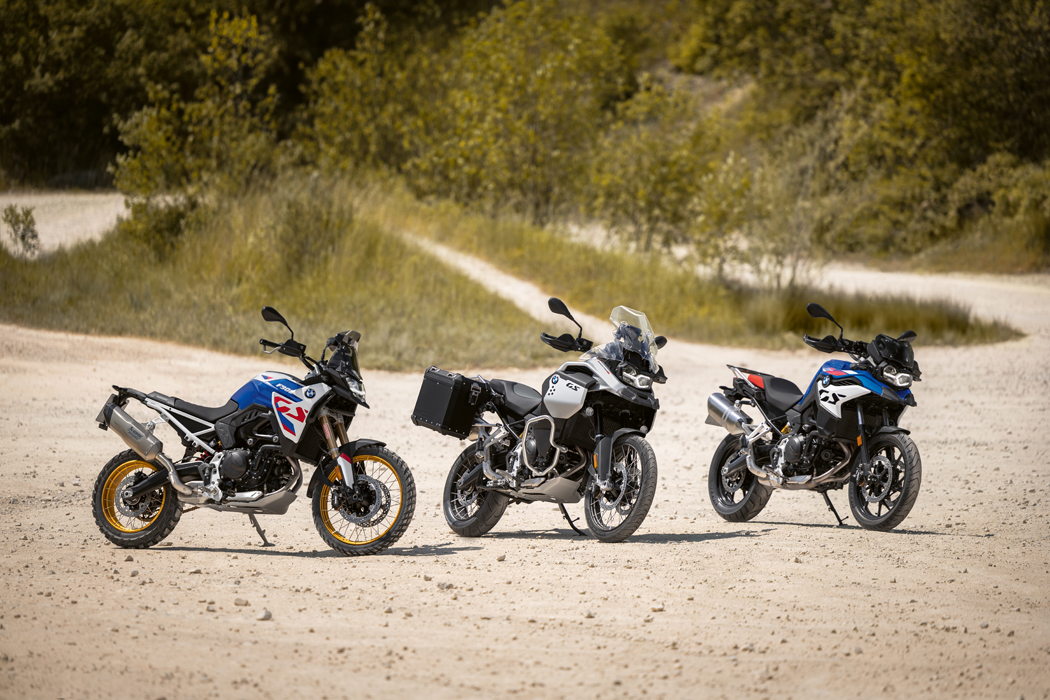
The highlights of the new BMW F 900 GS:
• Weight reduced by 14 kg.
• Significantly lighter plastic fuel tank and rear section.
• New body parts.
• New, fully adjustable upside-down telescopic forks.
• Lighter swinging arm.
• Enduro Pro package as optional equipment ex works.
• Sport rear silencer by Akrapovič.
• Ergonomics optimised for off-road use.
• Enduro footrests.
• Heated grips.
• Hand protectors.
• Aluminium side stand.
• New foot brake lever.
• New LED headlight.
• Multifunction holder.
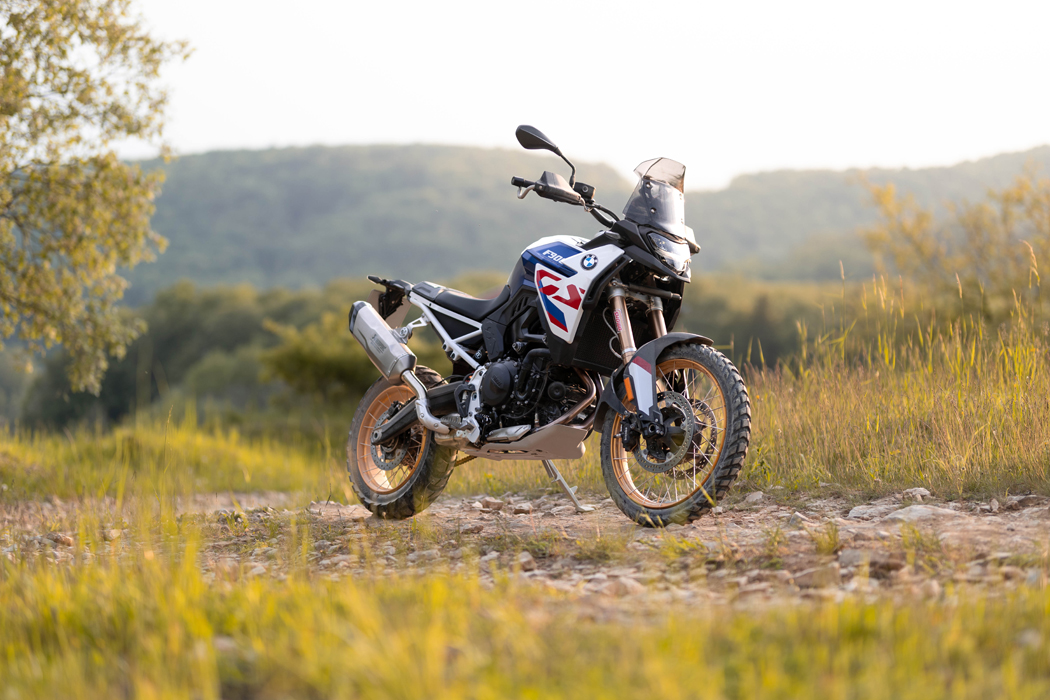
The highlights of the new BMW F 900 GS Adventure:
• New, fully adjustable upside-down telescopic forks.
• LED headlights.
• New side panels.
• Heated grips
• Aluminium engine guard.
• New Ride Pro optional equipment package.

The highlights of the new BMW F 800 GS:
• TFT display as standard.
• Heated grips.
• LED headlight.
• Hand protectors.
• Variocase carrier.

Ben Purvis











